It took a while for America to get the hang of the pilsner. The incredibly clean lager beer style was long something Europeans excelled at.
The pilsner was born in the Old World in the mid-18th Century. It was first brewed in the Czech town of Pilsen, a place with a rich beer heritage that goes all the way back to the 13th Century. By the 1800s, there was a movement towards higher quality beer inspired by the goings-on in Bavaria. Brewers and drinkers alike wanted more consistency and the former looked to fine-tune their recipes with better ingredients and more sophisticated strains of yeast.
Thus, the pilsner was devised, a combination of Pilsen’s esteemed local water supply, native hops, and a bottom-fermented approach. It has been a sensation ever since, the most-consumed beer style on the planet. Countless labels specialize in the stuff, from Pilsner Urquell and Stella Artois to Beck’s and Warsteiner.
With so many European immigrants coming to the states a couple of centuries ago, one would expect a decent pilsner recipe or two. And while there likely were some tasty batches early on, it wasn’t long before the biggest breweries took the pilsner and stripped it of its personality. Bright and beaming domestic pilsners lost out to, well, Bud (and sibling beers).
Fortunately, the recent rise in the craft beer tide has lifted all styles within, including the pilsner. Today, you don’t have to sniff out the European section of your favorite bottle shop for the good stuff. Fantastic pilsners are being brewed in Oregon, Montana, Pennsylvania, and elsewhere.
Bayern Pilsener
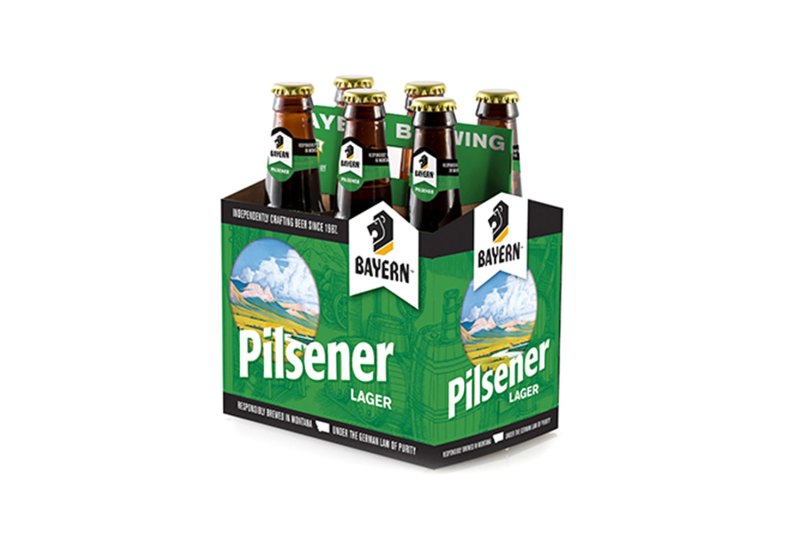
Missoula brewery Bayern is inspired by the German tradition, as its name suggests. Fittingly, the Montana outfit makes a mean pilsner, adhering to fairly strict German criteria (all the way down to spelling it “pilsener”). Hence, it deliciously crosses everything off the list, from its perfect light gold color to its 34 EBUs (European Bitterness Units, of which it needs at least 28 to be dubbed a pilsner). It’s a flavorful gem made in the wonderful world that is Big Sky Country.
Heater Allen Pils
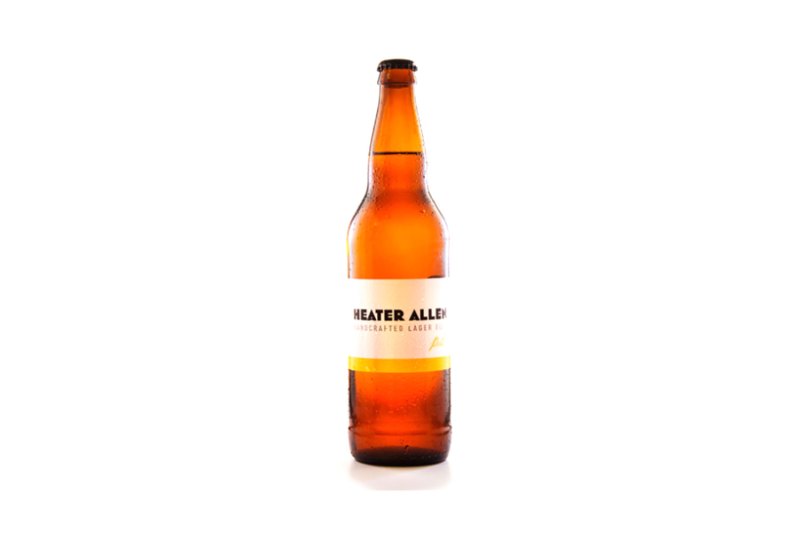
Located in the heart of Oregon wine country, Heater Allen has been quietly making outstanding beer since 2007. The pilsner is arguably the brewery’s finest work, Bohemian in style and every kind of refreshing. The McMinnville brewery takes a lot of pride in its slow, cool fermentation, which leads to balanced beers with tremendous purity.
Victory Prima Pils
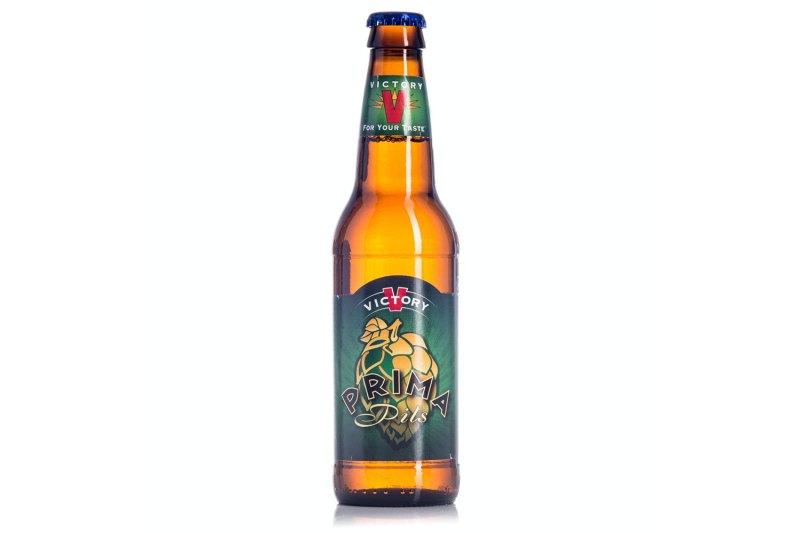
Made in Pennsylvania, the Prima Pils is Victory Brewing’s beloved baby. It’s floral and a little spicy, made with four types of German hops. The beer does what good pilsners do, treating the drinker to equal hits of crispness and just the right amount of sweet.
Pfriem Pilsner
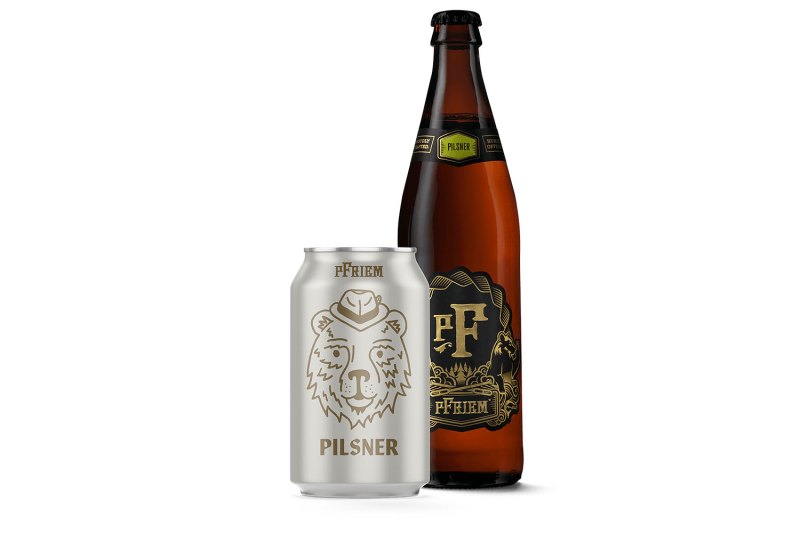
Hood River brewery Pfriem describes its pilsner aptly, employing the word “snappy.” It tastes like a barefoot run through a meadow, with grassy, floral, and sweet citrus notes. The beer also touts one of the coolest canned designs in all of ale.
Tree House Brewing Company Trail Magic
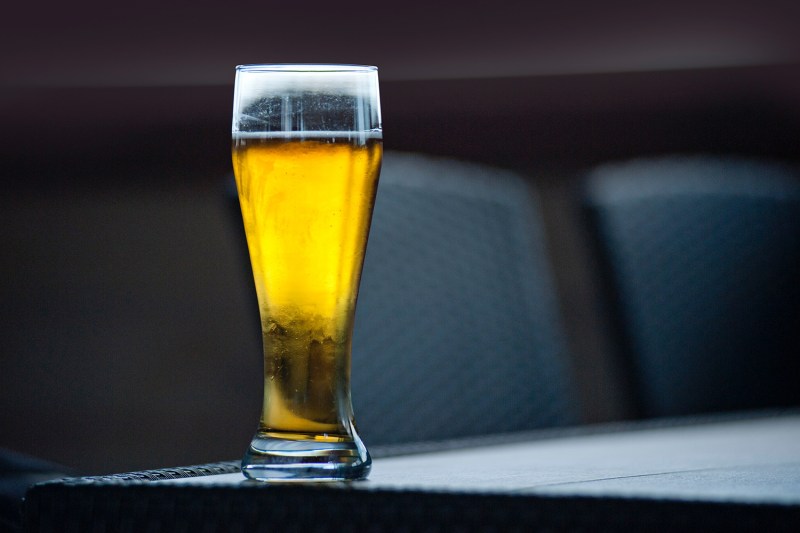
A favorite among craft beer enthusiasts, Tree House makes a damn good pilsner. The Trail Magic is a delight to drink, with hints of earth and bolder flavors than most pilsners out there. It’s an unfiltered number you’ll want to pour into a tall glass and sniff for a while, enjoying its compelling aromatics.
Jester King Pilsner
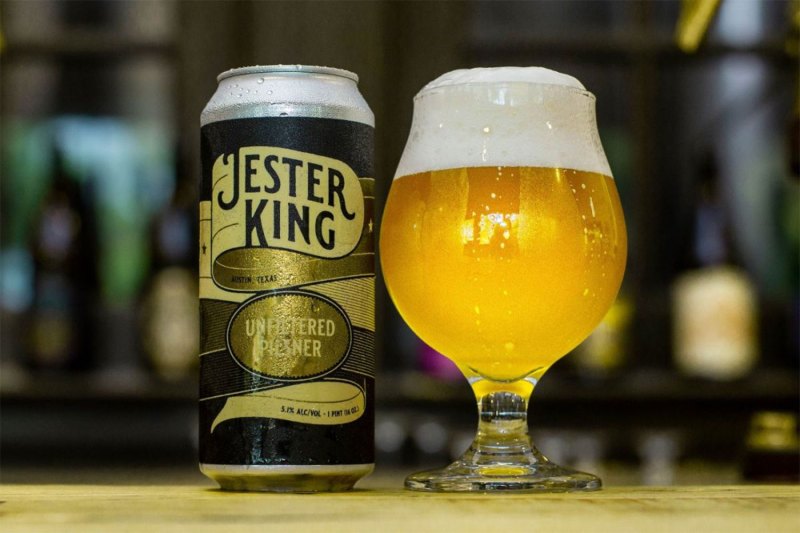
The unfiltered pilsner from Jester King just went to can earlier this year. It’s a fantastic offering from the lauded Texas brewery, made from local malts and European hops. The brewery even softened its local water supply in an effort to mimic the famed water of the Czech Republic. It’s taut, tantalizing, and clean as a whistle.
Sierra Nevada Nooner
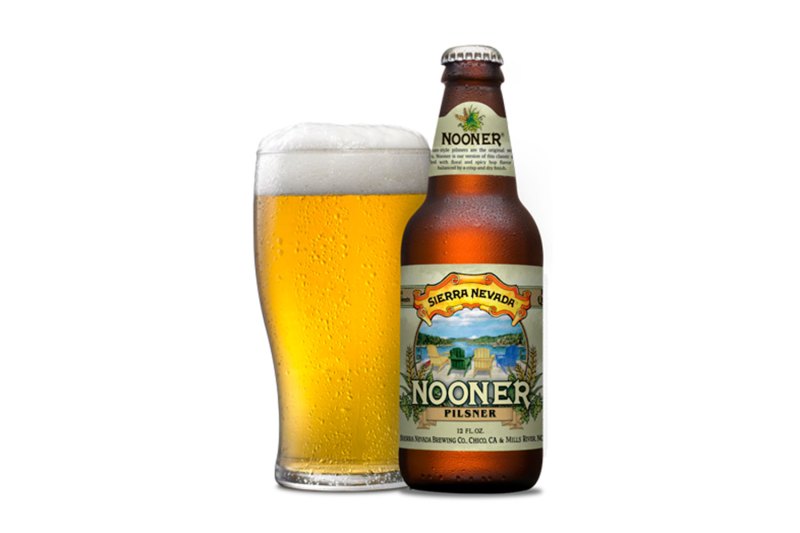
This beer is proof that larger operations can, in fact, make a strong pilsner. The Nooner is nice and hoppy, occupying a delicious space somewhere between German and American west coast styles. Sierra Nevada has specialized in lighter ales for decades and this one falls right in line.


